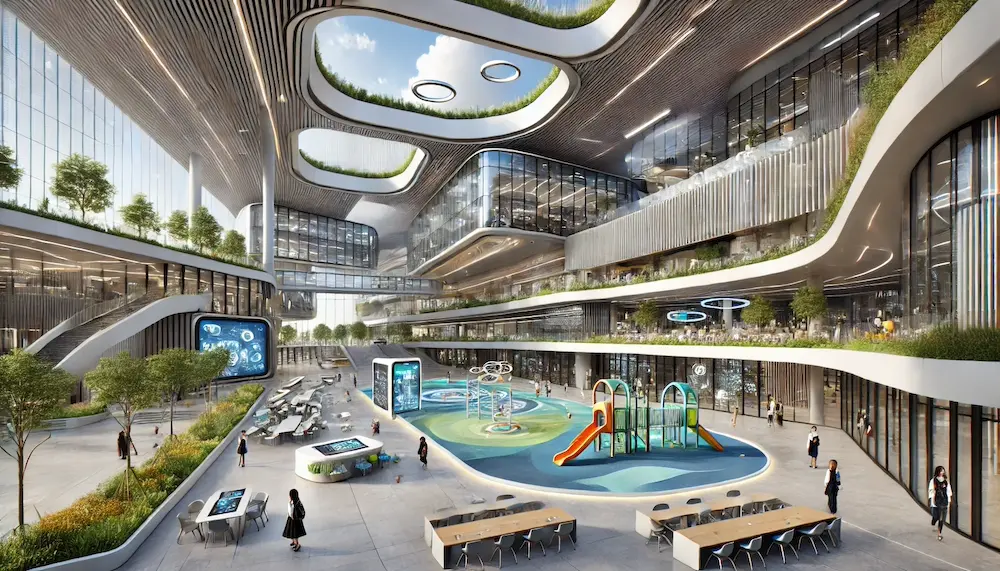Futuristic elementary school architecture embodies innovative design principles that align with evolving educational philosophies, technological advancements, and a commitment to sustainability.
Introduction to Futuristic Elementary School Architecture
Futuristic school designs prioritize flexibility, technology integration, and environmental consciousness to create dynamic learning environments. These designs move beyond traditional classroom settings, fostering spaces that adapt to various teaching methods and student needs.
History and Origins of Futuristic Elementary School Architecture
The evolution toward futuristic school architecture has been influenced by the need to accommodate diverse learning styles and the rapid advancement of technology. Early examples include the Crow Island School in Illinois, designed in 1940, which introduced flexible classroom spaces and integrated natural light, setting a precedent for innovative educational environments.
Key Features of Futuristic Elementary School Architecture
- Flexible Learning Spaces: Designs incorporate multifunctional areas that can be easily reconfigured to support various activities, promoting adaptability in teaching and learning.
- Technology Integration: Classrooms are equipped with advanced technological tools, facilitating interactive and digital learning experiences.
- Sustainable Design: Emphasis on eco-friendly materials, energy efficiency, and sustainable construction methods to create healthier learning environments.
- Natural Lighting and Ventilation: Strategic use of windows and open spaces to enhance natural light and airflow, improving student well-being and concentration.
- Community Integration: Designs that connect the school with the surrounding community, fostering a sense of belonging and shared purpose.
Applications of Futuristic Design in Elementary Schools
Several schools exemplify futuristic architectural principles:
- Grassland Village: Designed by 10 Design in Hangzhou, China, this project introduces the “grassland village” concept, creating a cohesive ecosystem that integrates nature and community within the school environment.
- Vittra Telefonplan: Located in Stockholm, Sweden, this school eliminates traditional classrooms, using flexible spaces to support a digitized teaching approach and stimulate learning.
Considerations When Choosing Futuristic Design for Elementary Schools
- Adaptability: Ensuring that spaces can evolve with changing educational practices and technological advancements.
- Cultural Context: Designs should reflect the cultural and geographical context of the community, incorporating local materials and traditions.
- Budget Constraints: Balancing innovative design with financial realities to achieve cost-effective solutions.
- Student-Centered Approach: Prioritizing designs that cater to diverse learning styles and promote student engagement.
Conclusion
Futuristic elementary school architecture represents a shift toward creating adaptable, technology-rich, and sustainable learning environments. By embracing these principles, educational facilities can better prepare students for the challenges of the future, fostering innovation, collaboration, and a deep connection to their communities.
